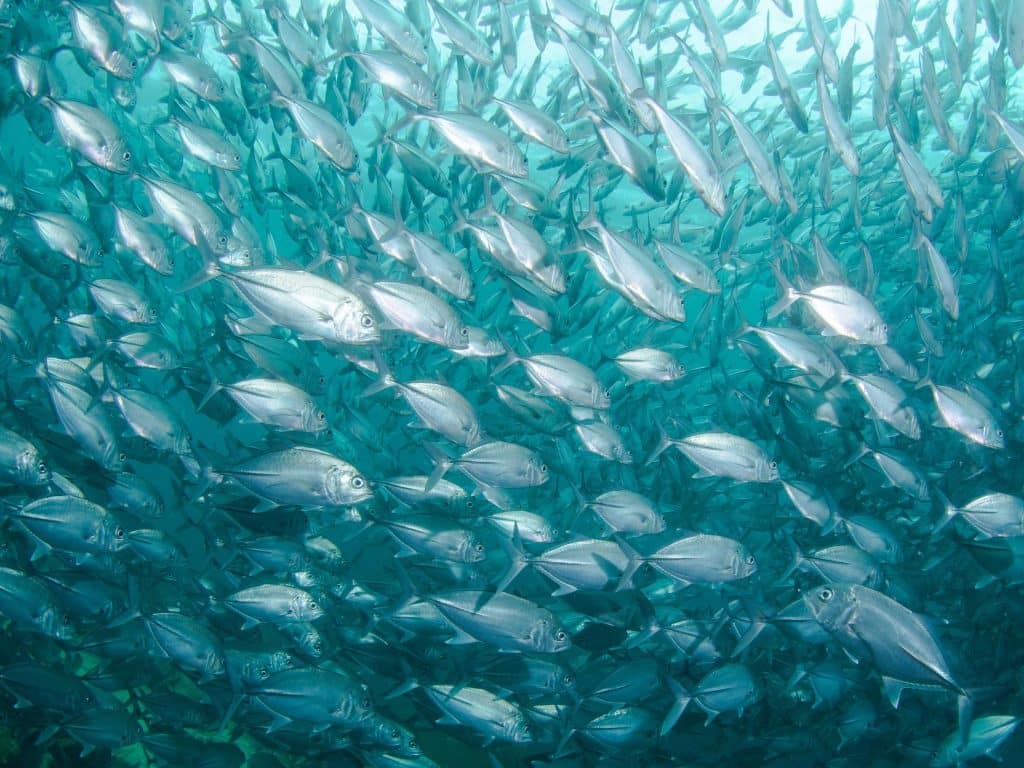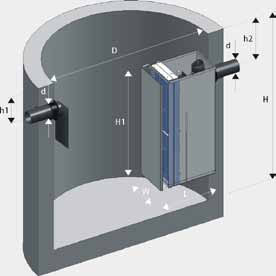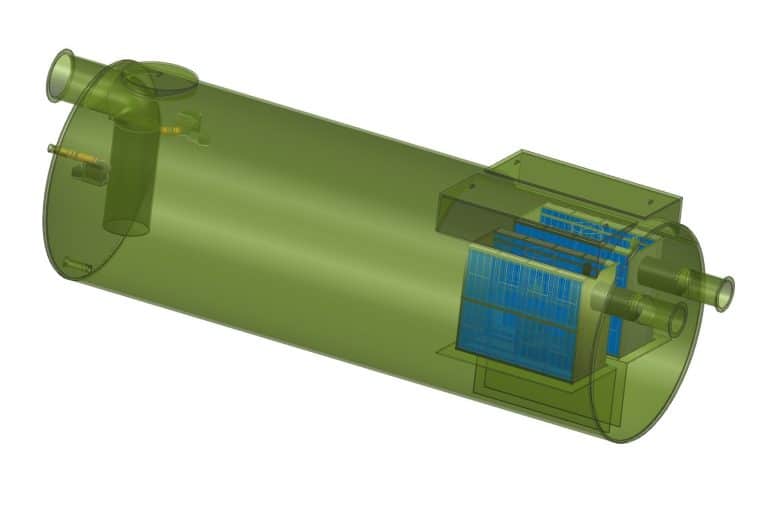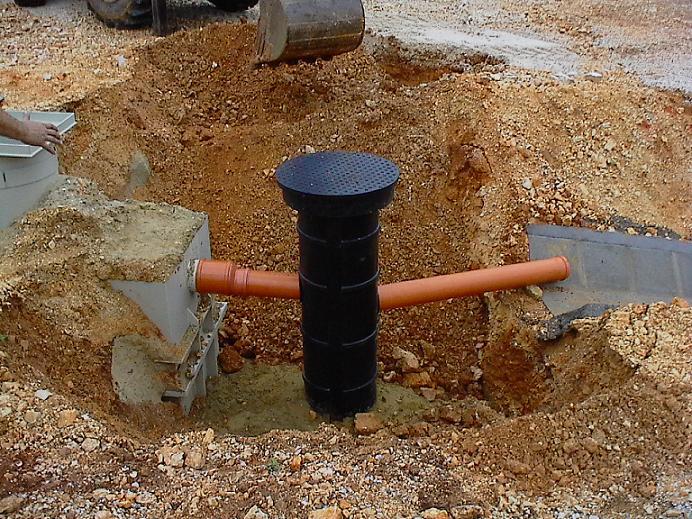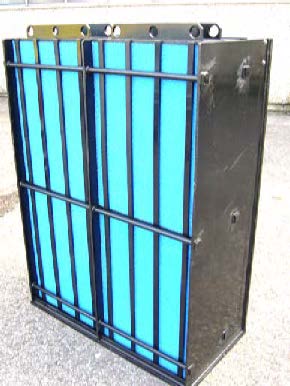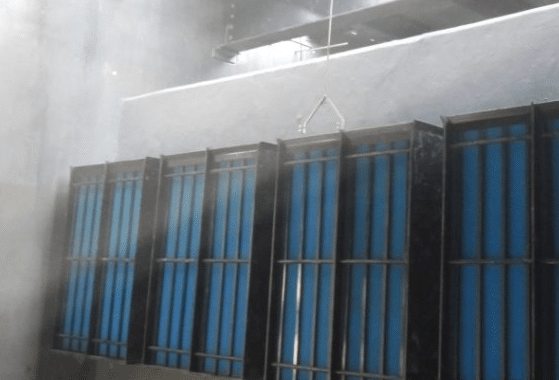Have you thought about if Are Above Ground Separators Better Than Below Ground? or how choosing between above ground and below ground separators affects efficiency and compliance in wastewater management? Industries face many challenges, including regulations. They wonder: are above ground separators really better than below ground ones?
Understanding the benefits of above ground separators is key. They make maintenance easier and help meet environmental rules. This is important for companies dealing with oil and water mixtures. Let’s explore what makes these separators different, helping you decide if above ground is better.
Key Takeaways
- Above ground separators provide enhanced ease of maintenance compared to below ground options.
- They can achieve lower hydrocarbon separation efficiencies, with advanced systems reaching as low as 0.1 PPM.
- Regulatory compliance is often easier with above ground systems due to their accessibility.
- Temperature control can improve separation speed and efficiency.
- Proper installation is key to getting the most out of above ground separators.
- Freytech Inc. offers customizable above ground systems for various industrial needs. For more details, visit our website.
Overview of Oil Water Separators
Oil water separators are key in many industries like oil and gas, manufacturing, and wastewater treatment. They help keep the environment clean and make sure operations run smoothly. Knowing what they do is important for companies that want to follow the law and work well.
Definition and Purpose
Oil water separators are made to pull oil, grease, and other harmful substances out of water. Their main job is to keep our water clean by removing bad stuff from it. This is very important because many businesses have to follow strict rules about how much oil they can release into the water.
Key Functionality
These separators work by using gravity, differences in density, and mechanical actions. It’s very important they work right, or it can cost a lot and even lead to fines. Newer technologies can get rid of pollutants as small as 0.1 PPM, which is way better than what old rules required.
Comparing Above Ground and Below Ground Separators
It’s important to know the differences between separators for the best performance and upkeep. Above ground and below ground separators have unique designs. These designs affect how well they work and how easy they are to maintain.
Structural Differences
Above ground separators can handle more volume, making them great for big oil and gas operations. Below ground separators are smaller and better for tight spaces. The design of each affects their efficiency and how often they need maintenance.
Horizontal separators, common in oil and gas, can handle lots of fluid. But, they might need more maintenance because of corrosion and buildup.
Ease of Access and Maintenance
It’s easier to get to above ground separators for checks and repairs. Keeping oil water separators in good shape is key for their performance. Below ground systems can be harder to maintain, taking more time to get to parts.
Regular checks are important for both to prevent problems and keep them running smoothly.
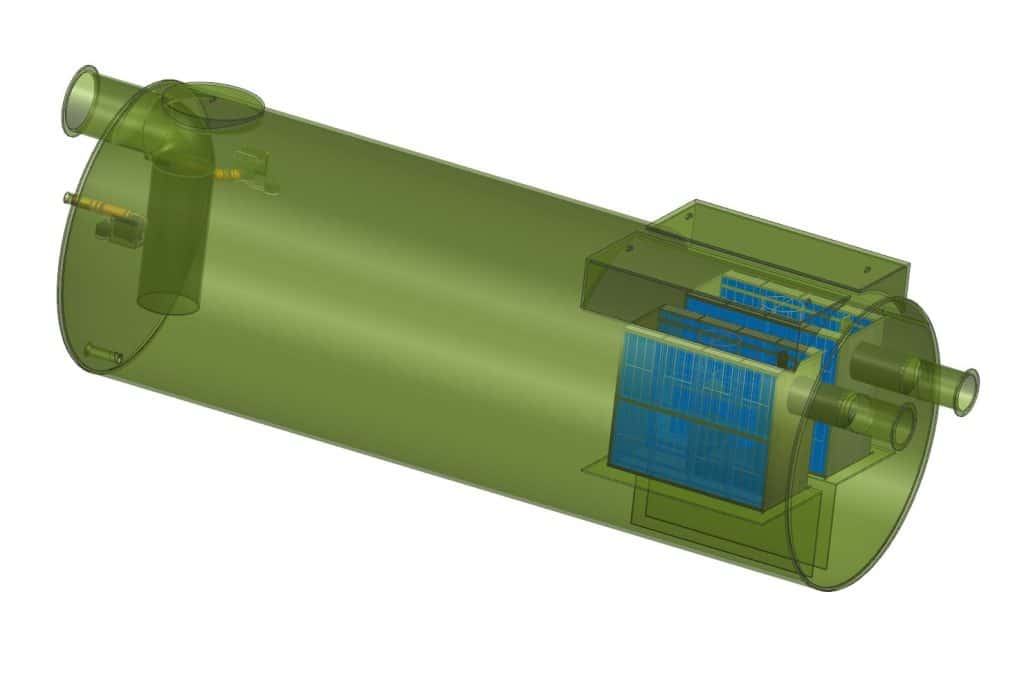
Environmental Impact
Separators play a key role in managing waste effectively. They must follow strict rules to protect our water. The goal is to keep hydrocarbon levels in water below 10 Parts per Million (PPM).
Thanks to new technologies, separators can now remove hydrocarbons to just 0.1 PPM. This is a huge step towards keeping our water clean. It also helps in managing waste in an eco-friendly way.
Compliance with North American Hydrocarbon Discharge Limits
Rules on hydrocarbon discharge are strict to keep facilities responsible. They must monitor their waste closely and use advanced technologies. This helps avoid breaking the rules.
Some places have even stopped wastewater violations by using bioremediation. The use of enhanced coalescing technology also lowers pollutant levels. This shows how important following these rules is.
Advantages of Enhanced Coalescing Technology
Enhanced coalescing technology also makes operations more efficient. It has led to a big drop in sludge petroleum content, over 80%. It also cuts down on maintenance costs.
This technology not only helps the environment but also saves money. It’s a win-win for both the planet and businesses.
Performance Metrics
It’s key to know how well oil separators work. Traditional methods can only get oil levels down to 5 PPM. But, newer systems can hit 0.1 PPM, a huge leap forward. This shows how important it is to pick the right system for your needs.
Separation Efficiency: 5 PPM vs. 0.1 PPM
Getting the best out of oil-water separation is critical. Systems that can get oil levels under 0.1 PPM do much better than older ones. These systems meet strict rules and make water discharge quality better.
To reach such low oil levels, separators must be well-designed, maintained, and operated. Following industry best practices is essential.
Types of Hydrocarbons Separated
Different hydrocarbons need different ways to be removed. Freytech’s Enhanced Coalescing Oil Water Separators are great at handling various fuels. This includes motor oil, diesel, gasoline, and jet fuel.
Each fuel type has its own challenges. The right separator depends on the type of hydrocarbon. Knowing this helps choose the best separator for top performance and efficiency.
Durability and Lifespan
The durability of oil separators is key to their effectiveness and cost savings. Knowing how long they last is important for businesses that use them. The use of reusable coalescing media is a big plus for their long life.
Reusable Coalescing Media
Coalescing media for oil separators can make them last longer by being cleanable and reusable. This helps save money and is good for the planet. It means these separators can work for a long time, helping both the environment and business profits.
Maintenance Requirements
Keeping coalescing media in good shape is vital for separators to work well and last long. Regular checks and cleanings are needed for both types of separators. Above ground models are easier to maintain, which means less time off work.
This ease of maintenance is a big plus when choosing a separator. It makes operations more efficient and is a key factor to consider.
Cost Considerations
When looking at oil-water separators, the cost is key. This is true for both above ground and below ground types. The price can change a lot based on the materials and design.
FRC’s above-ground CPI systems are made from top-quality stainless steel. This makes them last longer but costs more upfront than cheaper materials.
Initial Investment vs. Long-term Savings
Choosing quality materials and new tech can save a lot of money in the long run. These systems need little upkeep. For example, FRC’s chain-and-flight skimmer works well with thick oils.
This means less wear and tear, and fewer breakdowns. This helps facilities save money and work better, even when they’re busy.
Value of Recycled Oils
Getting oil back from water is another money-saving perk. When oil is removed well, it can be reused. This can make a big difference in profits.
API separators are great at handling lots of oil. This means more oil to sell, which can help pay for the cost of good systems. All these points make the cost of oil separators very important to think about.
Installation and Setup
Installing oil-water separators right is key to their success. This part talks about what you need for the site and how long it takes to set them up. It helps with planning and getting the right resources.
Site Requirements for Above and Below Ground Options
Choosing the right spot for oil separators is important. Above-ground ones need less work and fit well in places like car washes. They require space for upkeep and to collect waste.
Below-ground setups need more digging and planning. They also must meet rules like EN 1825 for grease traps in food places. Both types must follow these rules.
Timeframe for Installation
How long it takes to put in separators depends on the type. Above-ground ones go up fast because they’re easy to get to. This means they can be ready in just a few days.
But, below-ground ones take longer. They need digging and more planning. This can make the setup time go up to weeks. Knowing this helps plan better and get things done on time.
Case Studies
Looking at real-world examples shows how effective above ground separators are. Many industries have used these systems to solve oil-water separation problems. They’ve found these systems boost efficiency and meet environmental rules.
Successful Implementation of Above Ground Separators
Studies show how above ground separators improve wastewater treatment. Construction and mining have seen big benefits from these units. They remove at least 99.9% of droplets, thanks to their strong design.
The tanks are made of 11-gauge stainless steel, lasting through tough conditions. The SPT series can handle up to 100 GPM, meeting different wastewater needs.
Lessons Learned from Below Ground Systems
Below ground systems have taught us important lessons. They’ve shown us the need for easy maintenance and protection from groundwater. These lessons help us see why above ground systems are better.
They need less upkeep and follow environmental rules better. This teaches us to think about each project’s needs for the best results with coalescing separators.
Choosing Freytech Inc. for Your Separator Needs
At Freytech Inc., we focus on top-notch enhanced coalescing oil water separators. They meet the needs of many industries. Our separators can achieve less than 5 PPM, and sometimes even 0.1 PPM. They use the latest technology to meet North American hydrocarbon discharge limits, ensuring a clean discharge.
Our Enhanced Coalescing Oil Water Separators
Our enhanced coalescing oil water separators are built to last and easy to maintain. They come with optional patented oil skimmers that can make oil 99.7% pure. They work well for both above-ground and below-ground uses, making them perfect for many places.
Contact Information: +1 (305) 372-1104
Want to know more about our separators or have specific needs? Contact Freytech Inc. Our team is here to help you find the perfect solution. Call us at +1 (305) 372-1104 to learn how our innovative solutions can improve your operations.
